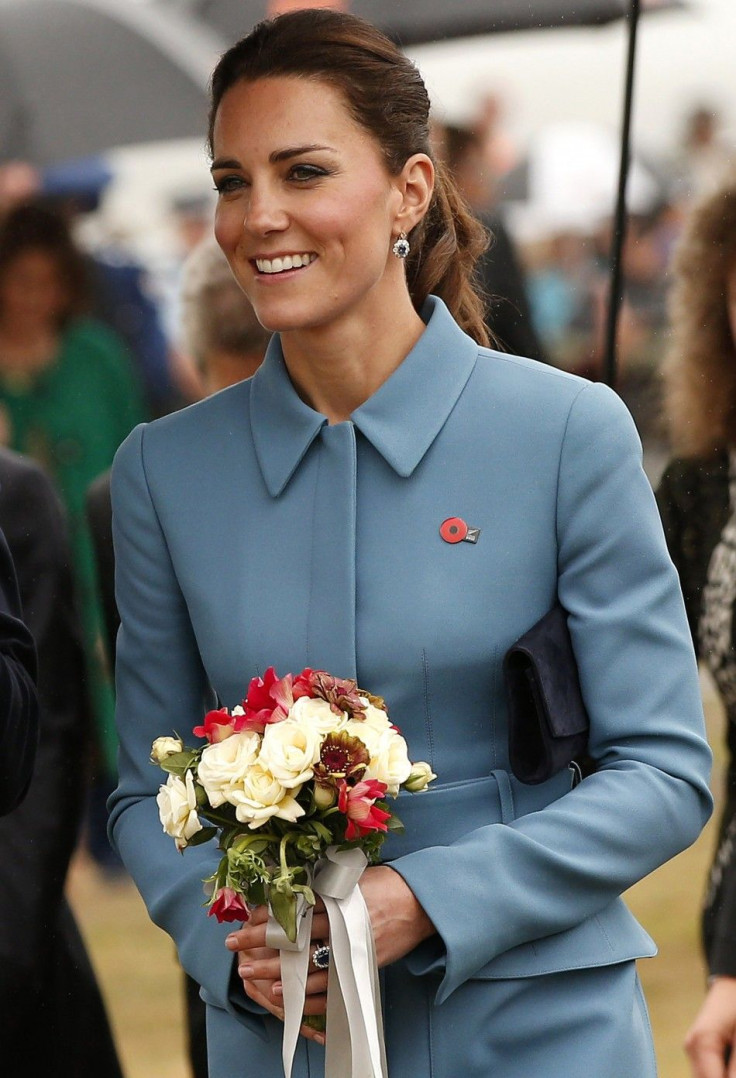Genuine Smile is Key to Long Life & Happy Relationships: How to Differentiate Between a Fake & Real One
Fake Smile Isn't Learnt, 10 Month Old Infants Give False Smiles to Strangers

The beauty of a smile is that it is the key to a happy life; the more you smile, the happier you would be. What is even more unique about a smile is that you can never fake it. You can immediately differentiate between a genuine smile and a fake one. The Association for Psychological Science states that the reason for this is because a real smile creates wrinkles near the eyes, called crow feet. A fake smile would just be a grin with no wrinkles on the face because the emotional data that the brain receives from a genuine smile makes the zygomatic major and the orbicularis oculi, the two muscles of the face, work and create the wrinkles.
Smile research draws from the theories of anatomist Guillaume Duchenne, who in the 19 century differentiated between a fake smile and a real one in his book Mecanisme de la Physionomie Humaine. He stated that a fake smile does not have the emotion which would activate the orbicularis oculi, and the activation of only the zygomatic major will not produce crow's feet.
These theories would raise questions regarding the need to differentiate between a fake and genuine smile. But this is extremely essential because those who smile genuinely are much happier, more satisfied and even their relationships were stronger and more satisfying. Psychologists at the University of California at Berkeley conducted an analysis to find out the impact a real smile had on a person's life. They analysed the year book photos of women at the age of 21 and then compared the information with the personality data in a 30-year longitudinal study. They found that the women at 52 were much happier, more content and they had crow's feet compared to those who smiled weakly. They also seemed much more positive.
The smile also predicted one's life span. A study by Wayne State University psychologists in 2010 found that there was a correlation between the intensity of a person's smile and their life span. For the study, they observed the smiles of baseball players in 1952 and then found their age of death. "In any given year, players with Duchenne smiles in their yearbook photo were only half as likely to die as those who had not," the report stated.




















